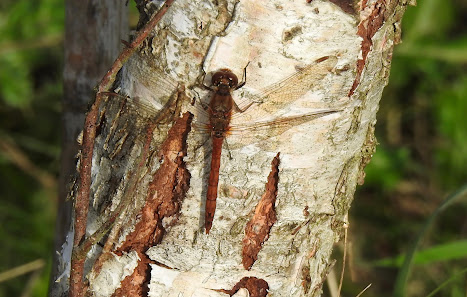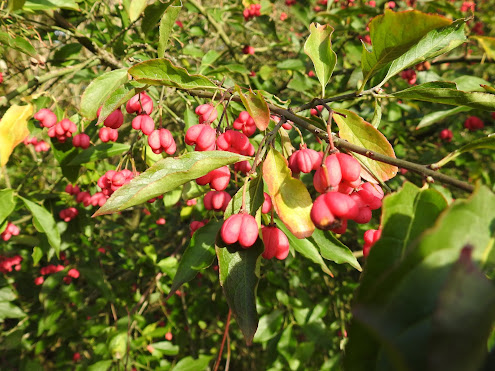This morning I visited the real Coldcomfort Farm, perched on a snowy hill near Coldcomfort Wood (which I also had a look at). This was my latest attempt to explore areas of The Circle, although I have to admit I have been there in previous years.
 |
| Brrr ! |
I began by wandering back across the A435 towards Alcester, bringing me a chance meeting with another local birder, Paul Hands (aka The Squire). I then turned about face and headed in the direction of Coldcomfort Wood.
Pretty soon I spotted a distant Red Kite perched on a dead tree. I later saw it flying towards the wood. A nice start, but not as exciting as it would have been twenty years ago.
 |
| Red Kite |
The owner of the last house along the track has set up some feeders at the edge of the wood, and I could quite easily have spent an hour watching as numerous woodland birds visited. The best were a couple of Marsh Tits, and a Nuthatch, while some Lesser Redpolls peered down from an overhanging birch.
Instead I wandered into the wood, hearing a Raven, but not seeing a great deal. My main focus today had been to look for farmland birds, and once back in the frosty arable landscape I gradually started to score.
Numerous Redwings were accompanied by one or two Fieldfares (strangely scarce this year). Pied Wagtails and a single Meadow Pipit were the precursors to a flock of 40 Linnets, and a handful of Skylarks.
 |
| Fieldfare (and a Redwing trying to sneak into shot) |
 |
| A couple of the Linnets |
At one points a couple of flocks totalling 145 Greylag Geese followed by a pair of Mute Swans flew south, presumably heading for Salford Prior Gravel Pits (outside the Circle). One or two Black-headed Gulls were followed by an adult Common Gull.
Eventually I recorded a couple of fly over Yellowhammers, a species I was hoping was still here. The last act was provided by a flock of 17 vocal Golden Plovers hurrying south.
 |
| Golden Plovers |
I am hoping to discover which fields these birds are feeding in, but for the time being I was just delighted to see them at all.
Finally some news from Tony Kelly. He has been to Arrow Valley Lake this lunchtime and reports that there are now eight Goosanders there.
































